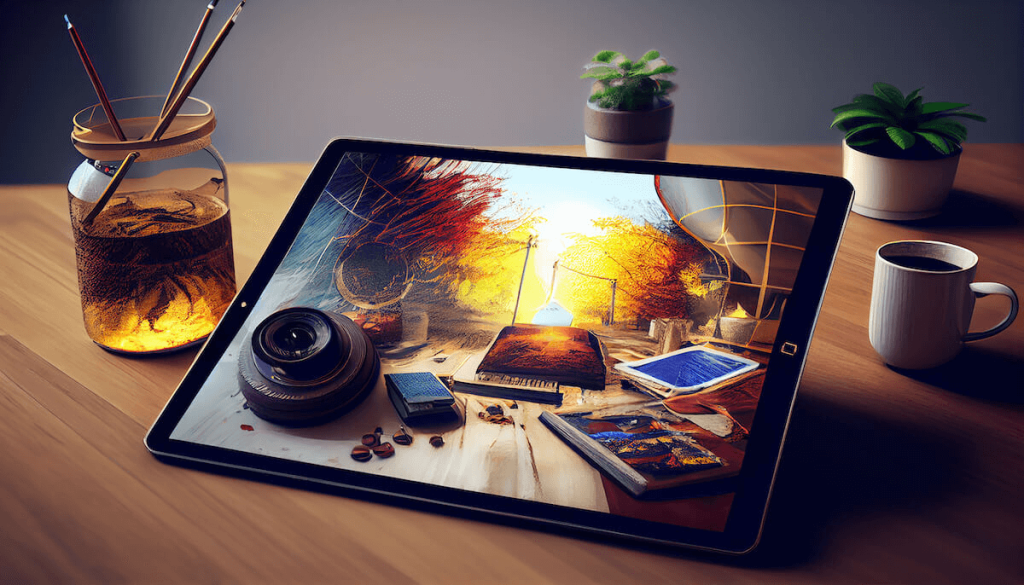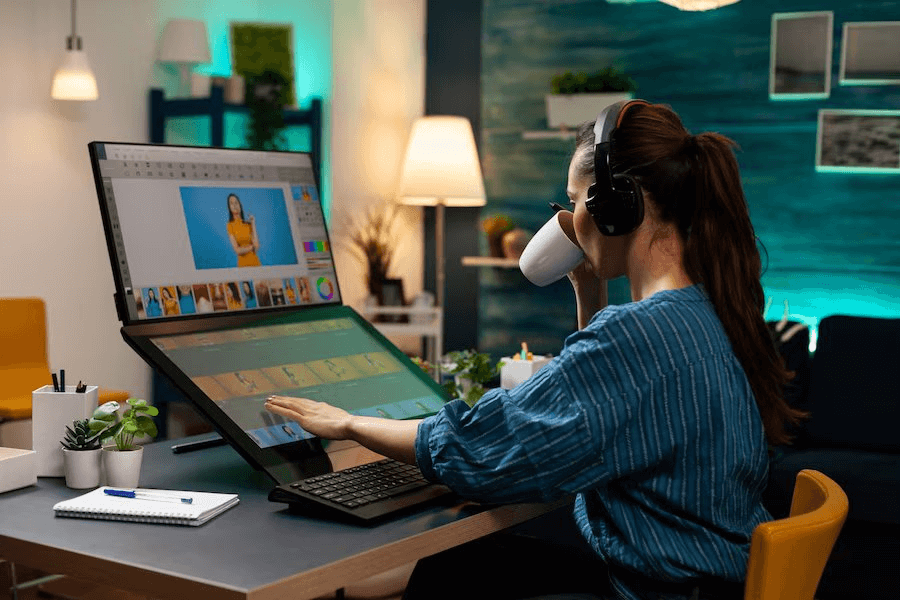
Differentiating Artificial Intelligence to Human Intelligence
Human intelligence is said to be associated with traits like wisdom, being smart, comprehension, reasoning, sharpness. Humans have for thousands of years, been obsessed with describing intelligence more accurately.
But for all the definitions that have surfaced, one comes closest to its essence. The human mind nad human intelligence is the biophysical capacity to obtain knowledge, understand and apply them accordingly.
The introduction and emergence of the term Artificial Intelligence (AI) or machines, which are seemingly capable of delivering matters other than humans, have sparked many debates. In the last two decade, these machines have showcased capabilities to learn and enforce in a manner by which only humans can like speech recognition, self driving cars, among others.
However, the human brain and Artificial Intelligence still differ in many vital ways. They are not fungible. AI does not possess natural language processing. But rather than seeing them as competitors, AI can be seen as supplement to natural intelligence which inevitably make human lives convenient.
The emergence of Artificial Intelligence (AI) has drastically sped up this year and has tremendously impacted different industries, particularly photography.
How a Photo Can Be Tremendously Upgraded Through AI
Photo editors with integrated AI bring a new era to photography, revolutionizing traditional systems and breathing new life into the creative process. They are essential in transitioning from manual photo editing methods to AI-driven procedures with just a few clicks.
Ease and Efficiency
AI photo editors drastically reduce the time and work needed in editing photos and to polish an image. With only a few clicks, one can now make exact adjustments to many photographs at once. This simplifies the editing process, leaving more time for the more creative aspects of photography.
Precision and Accuracy
Photo editing now has never-before-seen levels of precision thanks to artificial intelligence. AI-powered editing tools have deep learning techniques that can find and examine subtle features in photographs that can elude the human eye, providing finer-grained control over photo adjustments.
Access and Inclusivity
The development of AI photo editors has made photo editing more accessible. They have made professional photography more accessible to amateurs editing their own photos, enthusiasts, or hobbyists who might not have an extensive technical understanding of automating complex processes in photography.
Both professional and amateur photographers are empowered and start editing using this technology-driven progress, upgrading their work and enhancing their creative expression. Whether you are a professional or an amateur photographer, AI photo editing tools can simplify your workflow and boost your creativity.
Some AI Photo-Editing Applications
Photo AI editors use machine learning algorithms to change photographs in a highly detailed manner. Today, it is simple to erase backgrounds, alter a photo style or highlights, find faces, add textures, sharpen or colorize a picture, and upscale low-resolution images with just one click— all through the magic of artificial intelligence.
A few platforms stand out for their creative use of AI as the demand for AI editing software increases. Here are five examples that are revolutionizing the market:
Luminar Neo
Created by Skylum, Luminar Neo is a groundbreaking technology made to improve the workflow of photographers and digital artists. It promotes efficiency and creativity by automating complex editing processes using artificial intelligence. Advanced layer editing is possible with Luminar Neo, which also has AI-powered features for removing features such as dust spots and lines.
Adobe Photoshop
Adobe’s Creative Cloud suite includes AI-driven features and photo effects that bring new levels of precision and ingenuity to image editing. Photoshop’s AI capabilities aid in object selection, skin smoothing, and pattern generation, among other tasks.
DeepArt
This editing platform uses artificial intelligence to transform photographs and can even replicate styles of notable artists like Vincent Van Gogh or Claude Monet.
Prisma
This AI-centric mobile application allows users of different skill levels to apply artistic filters to their photos, which ultimately elevates the art of photo manipulation.
Canva
Known for having a user-friendly interface, Canva incorporates artificial intelligence to suggest templates, design layouts, and color schemes. These features make it highly favored for students, social media creators, and marketing creators.
The New Era of Photo-Editing

As we transition into a world where artificial intelligence impacts everyday lives, the rise of photo AI editors is evidence of the rapidly evolving world as we transition to one where artificial intelligence enters all aspects of our daily lives.
These photo AI editors and tools have received acclaim and appreciation among the photography community, given how it is bridging the gap between technology and creativity. Through artificial intelligence, we are birthing a new era in photo editing.
When it comes to photo editing, artificial intelligence has various purposes for different fields and industries. Photo editors can use these futuristic tools to enhance wedding photos, magazine covers, portrait shots, nature images, abstract work, and event photography.
AI photo editing tools help get tasks done more efficiently, such as editing or removing backgrounds, manipulating mundane details like hair, clothing, or blemishes, and adding more light or drama to a photo. One can even create background blurs or bokeh effects and transform mere photographs into art.
Whether a novice or a master, artificial intelligence guides the journey in creative photography and leads toward limitless possibilities.

Check out our House and Lot for Sale Properties
Discover our house and lot for sale properties in the Philippines


